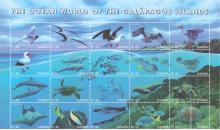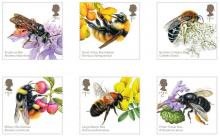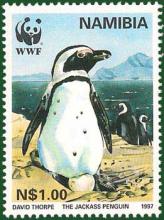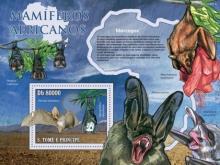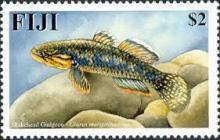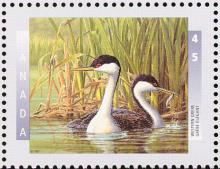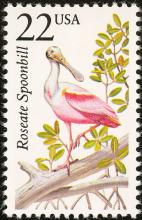Marine mammal, birds, fish and reptile populations have almost halved since 1970
Marine mammal, birds, fish and reptile populations have almost halved since 1970, according to a report which is a "wake-up call" to tackle the crisis in the world's oceans. The study by conservation group WWF and the Zoological Society of London looked at how 5,829 populations of 1,234 species of marine creatures had fared in the past 45 years and found a 49% drop in numbers. Some species people rely on for food are faring even worse, such as the Scombridae family of fish which includes tuna and mackerel have fallen by almost three quarters (74%). Sea cucumbers, which are prized as luxury food in Asia, have been significantly exploited, with a 98% decline in the Galapagos and 94% drop in the Egyptian Red Sea in just a few years. Robin Freeman, head of indicators and assessments at ZSL, said: "This is a wake-up call, but it's also an opportunity. "These are populations that are smaller than they would be, and should be. They aren't recovering." Louise Heaps, chief advisor on marine policy at WWF-UK, said: "As well as being a source of extraordinary natural beauty and wonder, healthy seas are the bedrock of a functioning global economy. We are sowing the seeds of ecological and economic catastrophe."

